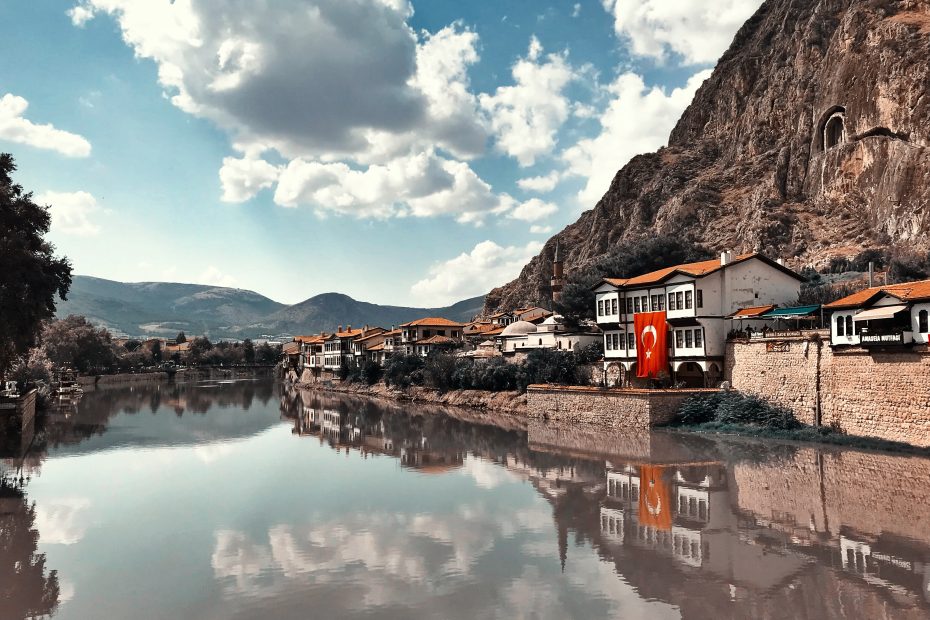Table of Contents
Introduction
The Gallipoli Peninsula is a historically significant region located in the northwest part of Turkey. It juts out into the Aegean Sea, separating it from the Dardanelles Strait that leads to the Sea of Marmara and eventually, Istanbul.
While scenic and picturesque today, Gallipoli was the site of one of the most devastating campaigns of World War I. In 1915, Allied forces staged an amphibious invasion of the Ottoman Empire by attempting to capture the peninsula and secure a sea route to Russia. What followed was eight months of grueling battle and tremendous bloodshed on both sides.
Although ultimately a failure for the Allies, the Gallipoli Campaign had enormous implications that shaped the emergence of modern Turkey. Today, Gallipoli stands as a solemn memorial ground honoring the many lives lost there.
World War I and the Gallipoli Campaign
In 1914, the Ottoman Empire entered World War I by joining the Central Powers of Germany and Austria-Hungary. In response, the Allied forces of Great Britain, France, Australia, and New Zealand devised a plan to invade the Gallipoli Peninsula and knock the Ottomans out of the war.
The objectives were to capture Constantinople (Istanbul), secure a sea route to Russia, and force the Ottomans to divert troops from other battlefronts. An amphibious invasion was launched on April 25, 1915 with British, French and ANZAC (Australian and New Zealand Army Corps) troops landing at what became known as ANZAC Cove.
However, the Ottoman troops led by Mustafa Kemal (later known as Atatürk) put up stiffer resistance than expected. A series of battles erupted along the peninsula over the next eight months, including the Battle of Krithia and attempts to take the high ground at Chunuk Bair and Sari Bair.
The campaign reached a stalemate with both sides facing dire conditions. By January 1916, the Allied forces had suffered 250,000 casualties and were evacuated from Gallipoli in defeat. Ottoman casualties were estimated at 300,000 men.
Impact of the Gallipoli Campaign
The eight-month Gallipoli Campaign was extremely bloody and resulted in an Allied failure. However, it had significant impacts that shaped the emergence of modern Turkey.
The Ottomans’ successful defense provided a major psychological boost that catalyzed Turkish nationalism. Gallipoli represented the Ottomans’ first major victory of World War I. The emerging hero, Mustafa Kemal, later led Turkey to independence after the war and became its first president.
The campaign also exposed weaknesses of the declining Ottoman Empire to maintain control over its territories. Within a few years, it lost its Middle Eastern territories to the British and French. The Gallipoli experience played a role in the subsequent Turkish War of Independence led by Atatürk.
For the Allies, the defeat marked another failed attempt to knockout the Ottoman Empire. The campaign also had a profound nation-building impact on Australia and New Zealand whose soldiers suffered terribly at Gallipoli.
Gallipoli Today
Today, the Gallipoli Peninsula is preserved as an historic national park in Turkey. Gallipoli City provides access to many memorials and sights including ANZAC Cove, Chunuk Bair New Zealand Memorial, and Cape Helles British Memorial.
Cemeteries and memorials honor the hundreds of thousands of Turkish, British, French, Australian, and New Zealand soldiers who were wounded or perished there. Major commemoration ceremonies occur every April 25th attended by heads of state and descendants of Gallipoli veterans.
The area has also become a popular tourist destination. Visitors can take ferry tours along the Dardanelles or walk the battlefields and trenches used over a century ago. The peninsula remains a solemn memorial reminding the world of the horrors of war.
Conclusion
The Gallipoli Campaign of 1915-1916 left an indelible mark on history. While a failure for the Allies, it boosted Turkish nationalism leading to the emergence of modern Turkey under Atatürk. It came at extremely heavy cost to both sides.
Today, the Gallipoli Peninsula stands as a historical site to honor the sacrifices made there and remember the brutality of World War I. Visiting Gallipoli provides perspective on how the events that unfolded there over a century ago still shape perceptions between the West and Middle East today. The area will forever memorialize the hundreds of thousands of lives lost during the bloody Gallipoli Campaign.
FAQs
Q1: Where is the Gallipoli Peninsula located?
A1: The Gallipoli Peninsula is located in the northwestern part of Turkey. It forms the northern side of the strategic Dardanelles Strait that connects the Aegean Sea to the Sea of Marmara near Istanbul.
Q2: When did the Gallipoli Campaign take place?
A2: The Gallipoli Campaign lasted from April 1915 to January 1916 during World War I. The Allied amphibious invasion began on April 25, 1915. Fighting continued in a grueling stalemate until the Allies completed their evacuation in early January 1916.
Q3: What were the objectives of the Gallipoli Campaign?
A3: The Allies aimed to capture Constantinople, secure a sea route to Russia, and force the Ottoman Empire out of the war. However, they met stiffer Turkish resistance than expected and became deadlocked along the peninsula suffering heavy casualties.
Q4: How did the Gallipoli Campaign impact Turkey?
A4: Although an Ottoman victory, Gallipoli boosted Turkish nationalism and propelled Mustafa Kemal (Atatürk) as a hero. He later led Turkey to independence, ending the Ottoman Empire. Gallipoli demonstrated weaknesses that contributed to the Empire’s demise.
Q5: Why is visiting Gallipoli today significant?
A5: Gallipoli today serves as a memorial site with cemeteries honoring the hundreds of thousands who perished there. Visitors can reflect on the horrors of war and how Gallipoli shaped the emergence of modern Turkey and Australia/New Zealand as nations.
